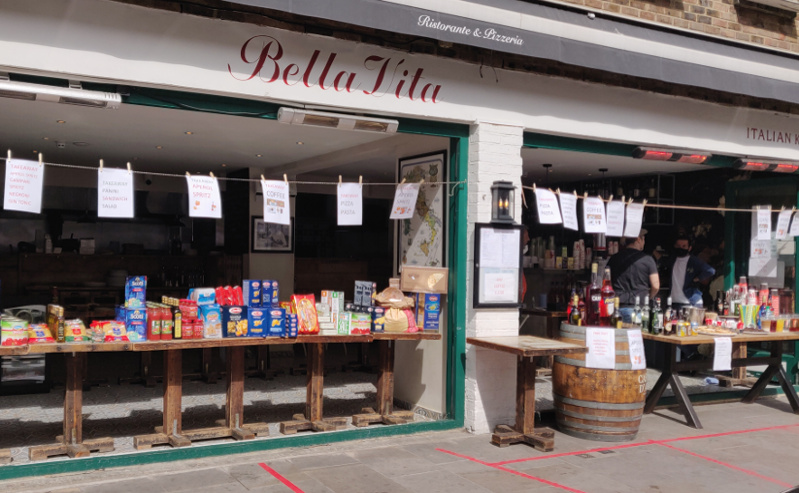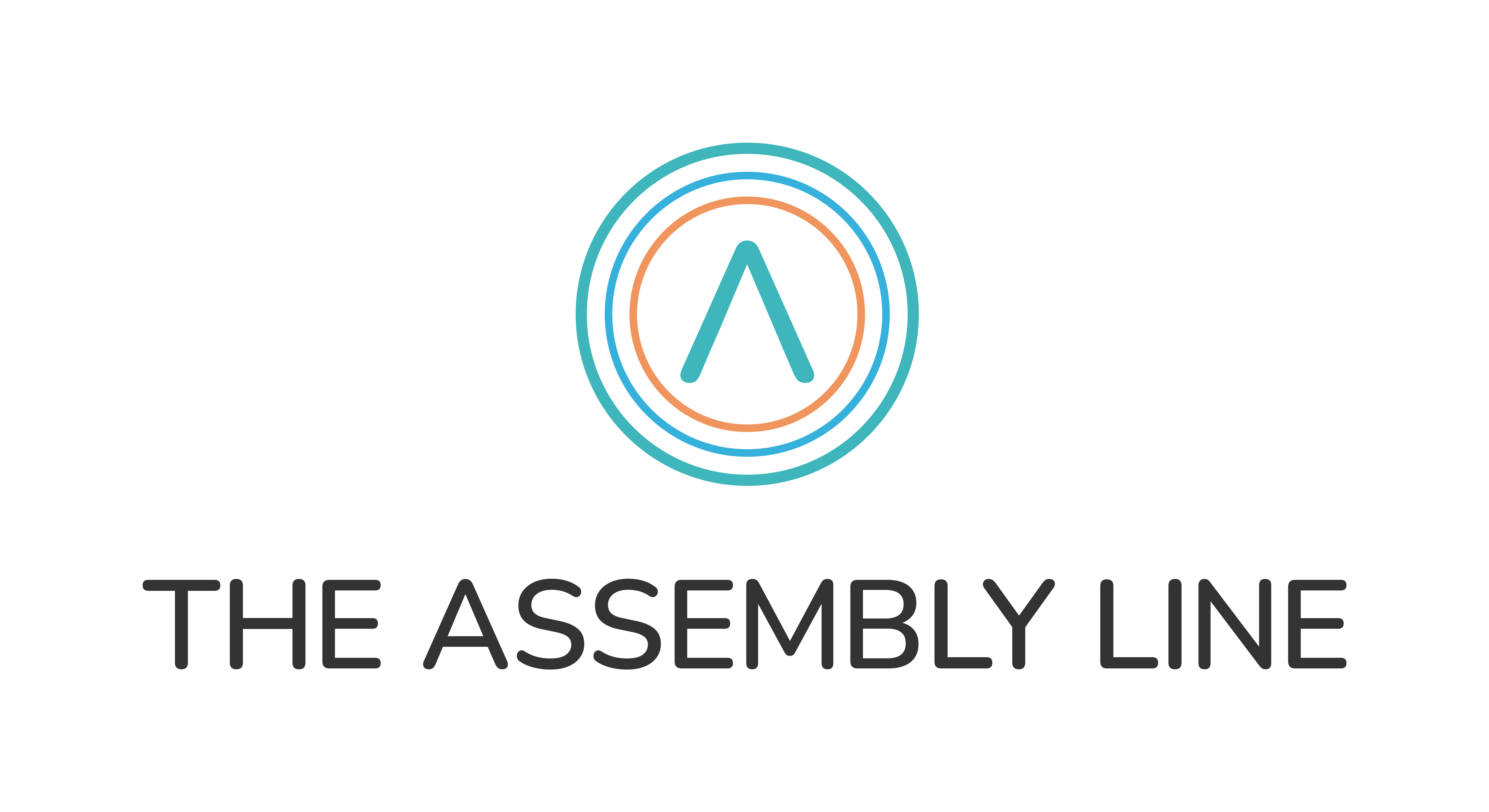
17 Nov Encouraging customers to shop local
England’s first lockdown saw most high streets and town centre’s physical stores close, which resulted in a huge increase in online shopping. Whilst lockdown 2 is lighter, there are still huge disparities between what is classed as essential and non-essential and markets vs shops with no review in sight anytime soon. Perhaps on the back of learnings from lockdown1 and the many grey areas around lockdown2, places are returning to their ‘shop local’ campaigns.
With many people citing a much stronger connection with local and the suburban/neighbourhood versus central area recovery pattern, it makes sense to market the local area more especially as, in some cases, there is a new customer base in those who have normally commuted now being locally based.
Lockdown2 aside, it doesn’t look like there will be a complete return to “normal” and I’m hopeful that some of the things we liked or benefited from this year might continue (or at least form) part of a new way of doing things. So, how do we encourage people to channel some of their online spend to their local high street/parade of shops/town centre?
In some places, this seems to have happened naturally. There was perhaps a strong connection already between high street businesses and their customers. The IPM’s latest discussion on footfall showed that smaller market towns and district centres have fared better than larger locations and are more able to pivot to delivery and click and collect options.
In Norfolk last month, village pubs were faring better than those in Norwich. They had adapted their opening hours to serve food earlier, whilst bringing last orders forward (for the 10 pm curfew) and trading seven days a week. By understanding their customers, they were able to adapt quickly and communicate that customers could still visit.
Certainly, compared to lockdown1, many more businesses are trading (locally) but this won’t be the same everywhere. Those who adapted to serving from the window then doing click and collect have switched these options back on again, but was there a need to turn them off?
There are now several ‘shop local’ campaigns in place across the UK, but what’s behind them and are they making it easier for people to use local shops? The answer is yes and no. The ones I’ve seen (so forgive the London bias) look great and push the local message but there often isn’t anything tangible behind the campaign.

London Borough of Waltham Forest Choose Local campaign
Waltham Forest is telling the stories of the people behind their high street businesses with their Choose Local campaign and local newspaper group, Archant Media, are in on it too running a Shop Local campaign profiling business owners from Norfolk to Hackney in their local papers.
Some BIDs are also running their own campaigns and Worcester has created a local campaign to encourage local shopping across all channels.
Several years ago Hackney had two rounds of tote bags, created by local designers and had given them out with a minimum spend at markets and small shops across the borough. They became collectables with people visiting, just to get one. Whilst we can’t encourage people to gather with Covid in our midst there needs to be a more tangible approach to engaging people. This month, they are relaunching ‘Love Hackney, Shop Local’.
Many of these campaigns route people to a directory/web page which then involves searching or scrolling through multiple options and then often being directed to phone the business or contact them via their website. As a customer, this is really annoying and I don’t even look at a directory, I’d rather use Google to find the shop I have in mind (or walk down the street!). However, we should recognise that this still progresses from lockdown1 when often the only way I knew a business was trading was to walk past it as online info was scarce.
So, while the directory is progressing it’s only at first base. We need to jump beyond it to a digital high street and there are many options now out there – with ShopAppy.com likely to be the most used platform in over 100 towns – for all sizes of high streets, town centres and budgets.. We’re also seeing many virtual make fairs and Christmas (and regular) markets move online this year too.

ShopAppy.com Christmas campaign
In summary, it’s great to see so much emphasis on the ‘Shop Local’ campaigns, but it needs to be easier for people to buy from local businesses. Coupled with this will be a form of behaviour change and the need for long-term marketing campaigns to support it.
It’s easy to use Amazon and the like, they appear at the top of a Google search even if you would rather go elsewhere and there will be price sensitivities and convenience (that will mean that local won’t be the first choice for everyone) but it’s about redirecting some of that online spend and conveying why it’s important that will hopefully win the long game.
If you are a council, BID or trader association there are some key things you can do now to support businesses both through the weeks (or months) ahead and make them more successful longer-term with a multi-channel presence and strong customer relationships.
Ensuring businesses are ready for new ways of trading
- Survey businesses to understand how they are feeling about the months ahead and the support they may need (many councils and BIDs have done this already so are the results being used?) Pair them up with other businesses who pivoted to find a new approach via peer-to-peer learning so that the responsibility is with the businesses and not the council or BID team
- Audit opening hours for businesses and ensure it is easy to find them. Google My Business is free and can be a quick solution for businesses, where the owner/manager can be provided with guidance as to how to create their page Google’s latest ad campaign is aimed at consumers, encouraging them to leave a review for local businesses but often the businesses won’t understand how powerful this free tool can be.
- Enable shops to trade outside and manage queues as a refresher (given we were moving into a period of relaxation around the rules and now they are back). Is there an option to add gazebo-style covers/awnings to the front of uncovered shops to enable part covered queuing areas as we approach autumn and winter and create a dedicated click and collect area?
- Focus on ‘what next’ and prepare businesses for it. Has the customer moved on from the product or service the business provides? If some of the local population returns to an office/city location, how will the change in footfall and people home during the day impact the businesses?
- Supermarkets and large multiples are also components of high streets and likely drive some of the footfall. Whilst they don’t need dedicated support, they do need to be part of the conversation so if they are planning late-night opening or other promotions in future, this can be aligned to include all businesses where possible
- Ensure businesses understand the importance of telling their story and building the relationship with customers to build a personal connection which is more likely to ensure they retain that loyalty going forward
What initiatives have you seen locally to encourage shop local? If you don’t use your local high street already, what might persuade you?

